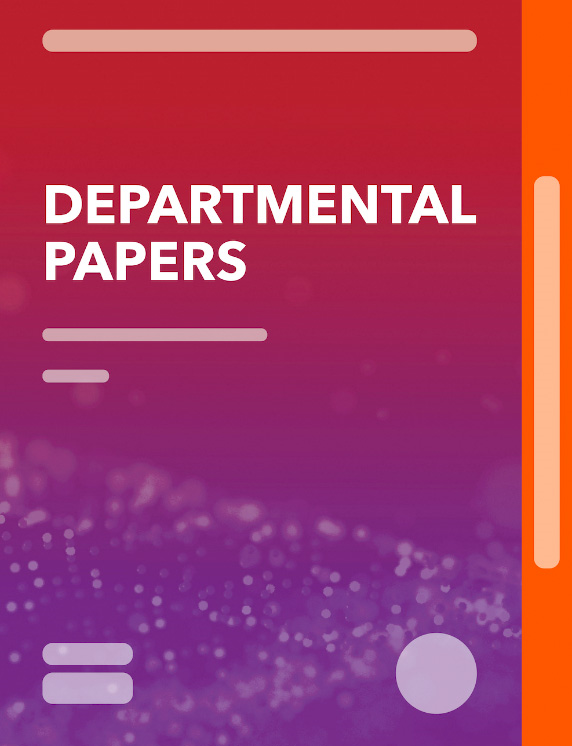Compliance Risk Management: Developing Compliance Improvement Plans
March 18, 2022
Disclaimer: This Technical Guidance Note should not be reported as representing the views of the IMF. The views expressed in this Note are those of the author(s) and do not necessarily represent the views of the IMF, its Executive Board, or IMF management.
Summary
Subject: Compliance improvement plans, Compliance risk management, Expenditure, Financial services, Interest rate parity, Revenue administration, Tax administration core functions, Tax return filing compliance
Keywords: Africa, Compliance improvement plans, Compliance risk management, compliance risk-management framework, FAD Technical Notes, Global, Interest rate parity, medium-sized business, revenue, revenue administration, risk management, risk rating, risk treatment template, Tax administration core functions, tax compliance, Tax return filing compliance, Taxes, value-added tax obligation
Pages:
61
Volume:
2022
DOI:
Issue:
001
Series:
Technical Notes and Manuals No. 2022/001
Stock No:
TNMEA2022001
ISBN:
9798400205910
ISSN:
2075-8669






